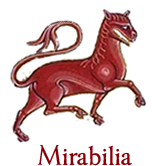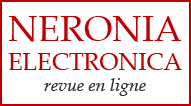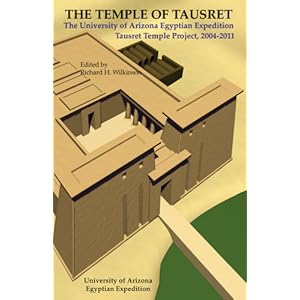Philomathes: A Journal of Undergraduate Research in Classics
ISSN: 2573-4288
ISSN: 2573-4288
Austin Peay State University is pleased to announce a refereed, on-line journal for undergraduate research in Classical Studies. Philomathes will publish the exceptional original research of undergraduate students who complete their research and writing before graduation. Ideally, papers for submission will have been read by at least one faculty member from the student’s institution before they are submitted.






























































